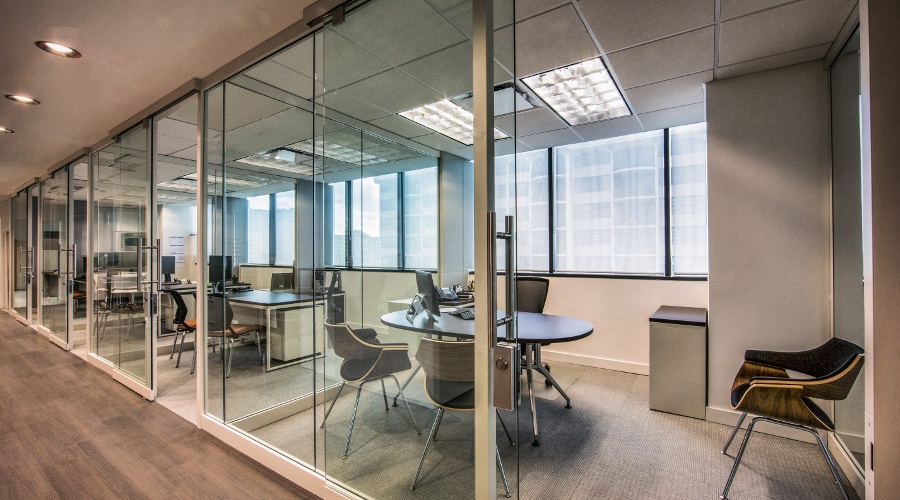The Natural Workplace Benefits of Daylighting

At KI, we are firm believers in Active Design, the practice of turning sedentary work environments into spaces that encourage healthier lifestyles. It’s evident that our reliance on technology has caused American workers to spend far more time seated, tied to a computer screen or device. So the question remains, how do we get employees out of their seats, fully engaged and healthier?
After much observation and analysis of the average workplace, we identified 9 design principles that promote Active Design. These principles cover the spectrum of simple solutions to incite movement to full scale reimagining of spaces. One of the simplest and most effective principles of Active Design is daylighting, the illumination of space by natural light.
What is Daylighting?
Daylighting techniques include removing tall barriers, bringing in natural light and reducing the need for artificial light. Down to the core, it’s essentially allowing more sunlight in your space. How much more pleased would be if your desk sat next to, or in viewing distance of a window? Access to natural light is shown to reduce eye strain, be a calming agent, and is attributed to energy savings. A study completed by the Green Building Council of Australia found that employees are 18% more productive when they have access to natural light and windows, a huge bonus for an organization’s bottom line.
How Can you Incorporate Daylighting Into your Work Space?
Daylighting is not a “flash in the pan” trend. It’s a proven theory that has been used for decades. In fact, when conducting our observations on Active Design, we found that access to natural light is top of mind for most employees and architects and designers. 63% of employees surveyed and 79% of designers felt workplaces were designed with daylighting as a standard practice or is of increasing importance.
How can you incorporate daylighting into your work environment? Here are several design tips:
- Design open, unobstructed work environments so natural light transcends further into the space.
- Locate offices or workstations in the middle of an environment, not lined along the windows
- Use glass wall systems instead of traditional drywall
- Incorporate large windows wherever possible
- Lower workstation panel heights to diffuse light throughout a space
For more information on daylighting and the 9 principles of Active Design, check out KI’s white paper “Understanding Active Design: The Rise of Human Sustainability.”
Subscribe
Stay up to date with the latest trends and more.



